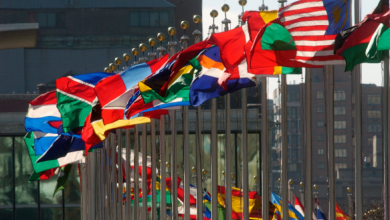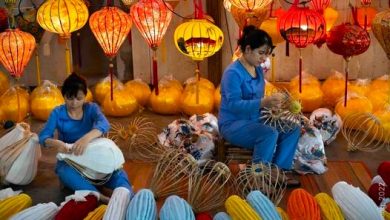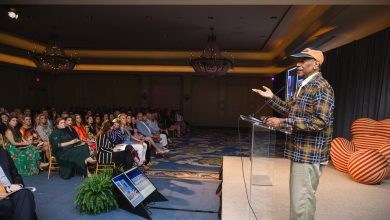Joseon Dynasty art History and Inspiration.(1)
Bringing five centuries of history alive through historical artifacts and modern perspectives.
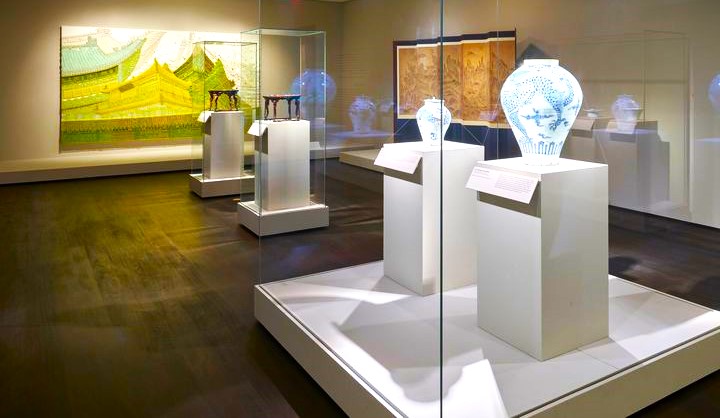
Joseon Dynasty art Celebrating the artistic legacy of Korea’s (1392-1897), the Museum of Fine Arts has opened a newly renovated Arts Gallery of Korea. This new art exhibition presents five hundred years of history in the form of realistic paintings by three artists to interpret traditional Korean art.
Joseon Dynasty art Museum of Fine :
The exhibition, “Fusion of Historical Art and Modern Perspectives,” features more than 100 artifacts, including:
Paintings: These include; terracotta tiles, rolling paintings and screens with historical figures, landscapes, and religious scriptures and themes.
Sculpture: The Talamone and Peying shrines were painted with Buddhist figures and terracotta and metalwork. Textiles; Royal clothing, casual clothing, and ceremonial clothing.
Joseon Dynasty art Some of the artifacts are royal life portraits; It captures the kings, queens and other members of the royal court of the Joseon Dynasty. Scenes of mountains, rivers and seas of the Korean Peninsula. Culture; cartoons; posters; images of folklore, religious beliefs and traditional festivals.
Read more- Eldorado Ballroom: Houston’s historic treasure revived.
Joseon Dynasty art Creative by three contemporary artists:
In Human Figure, Kim Sang-yul takes the human figure to be painted and writes thin lines and light colors to express its nature. It is as visually stunning as his artworks give a glimpse of Joseon Korean life by depicting historical figures and landscapes.
Joseon Dynasty art Introducing a more enlightened and joyful feel to the exhibition is Choi Jeong-hwa and his three-dimensional sculptures and installations. His contemporary artworks show a fascinating perspective on the Joseon era that is inspired by Korean traditional patterns and motifs. Made from red, blue and yellow, aluminum, PVC and other industrial materials, his work pushes viewers to contemplate the unfamiliarity of tradition and the familiarity of modernity.
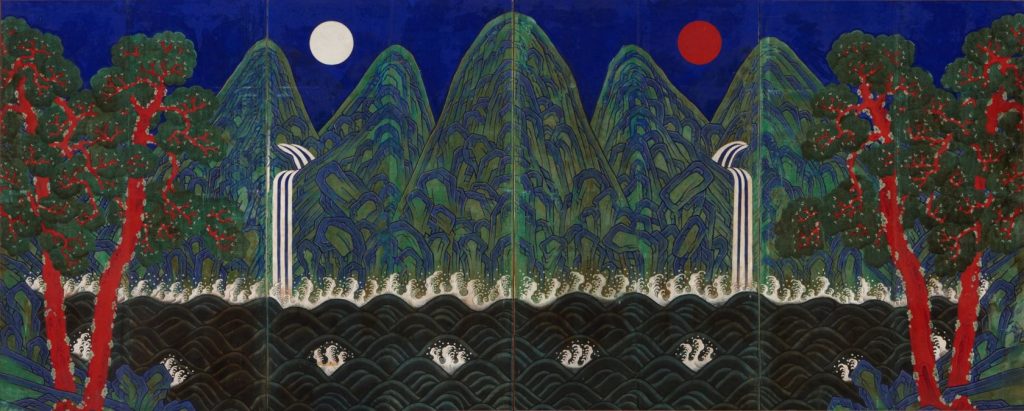
Hyegu Yang’s work explores the concept of memory and identity, place. They may incorporate metal mesh and nylon fabrics, while her installations and sculptures reference traditional Korean architecture. Yang’s artworks provide a subject for her to ponder about identity, time, and history, as well as her solutions to the individual’s experience.
Collectively, Joseon Dynasty art these three artists from today’s generation create a visually and emotionally engaging masterpiece between historical Korean art and modern interpretations. Audiences will be able to leave with a greater understanding of Korea’s cultural history, and a new appreciation for how art can transport one into the past and reform their understanding of place.
In addition to historical artifacts, three contemporary Korean artists have created modern interpretations of Joseon Dynasty art:
Lee Jeon: She rewears and transforms conventional Korean clothing using recycled materials to produce a contemporary concept.
Kim Yung-ho: With iron scraps he made sculpture which look like the royal palace of Joseon dynasty at Korea.
Park Chang-kyu: Currently, he works as a contemporary video artist who develops video installations reflecting Joseon dynasty paintings.
Joseon Dynasty art the paintings of these artists reveal common colonialist tropes in new contexts and force the viewer to consider past.
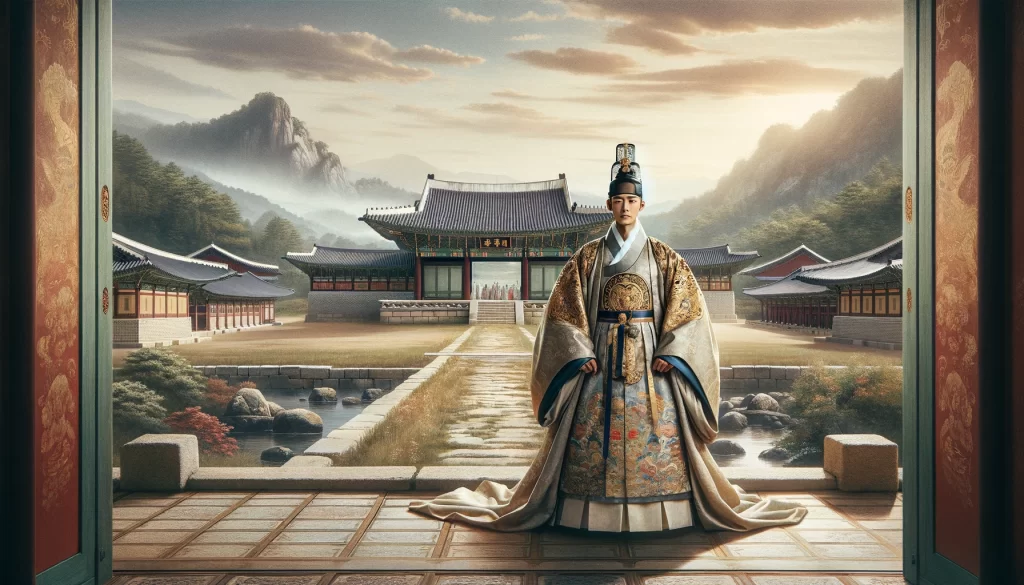
Joseon Dynasty art Creative interpretations by three contemporary artists:
In addition to the pieces dating from the period of Joseon Dynasty art three modern Korean artists Lee Jeon, Kim Yung-ho and Park Chang-kyu painted their own vision of Korean art. Their paintings sculptures and installations deal with traditional Orientialist themes and methods redefining them in terms of the contemporary context where the connection between past and present exists.
Lee Jeon: Imitates the thin outlines and bright colors of folk paintings of Korea to describe the royal ensemble of the Joseon period.
Kim Yung-ho: Designs landscape structures that are stilhove as sculptural forms, but with forms and accents of Korean sculpture of the 21st century. Park Chang-kyu: Attaches tangible manifestations of popular culture from the Joseon dynasty to the venues that encourage the visitors reconsider the meanings of Korean legacy.
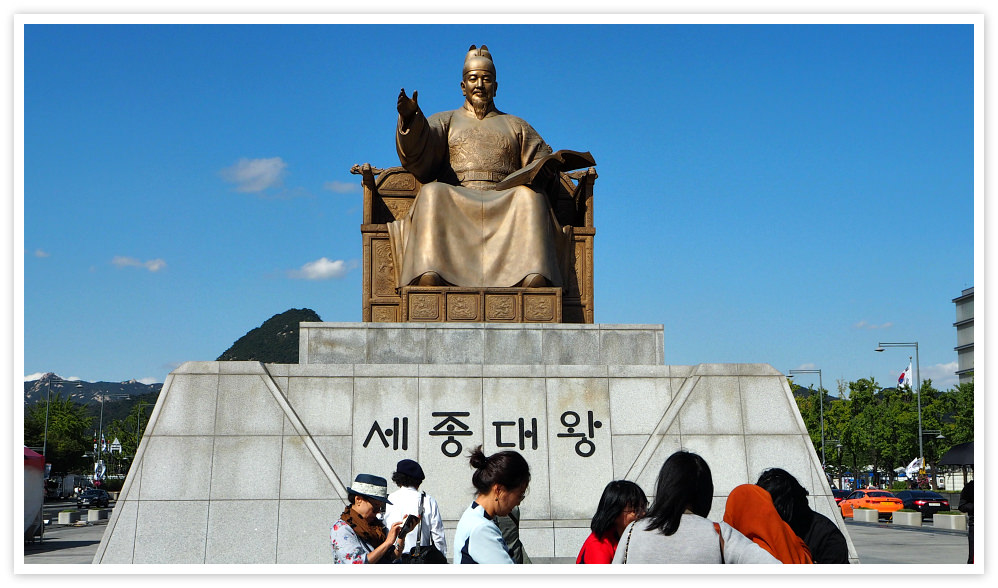
With their creativity, Joseon Dynasty art these young artists are making fresh interpretations of various artefacts which come from the Joseon Dynasty period. People can look past the graphics and appreciate and understand the meaning and relation of modern Korea with the history and art through their reinvention of traditional art forms and techniques.
Therefore, the works of Lee Jeon, Kim Yung-ho, and Park Chang-kyu can provide thinking about the Joseon Dynasty art in a contemporary key with including discussed themes and techniques. Their creativity proves that this period of history is still important to the present, and encourages visitors to learn about, accept and love the art of Korea.

